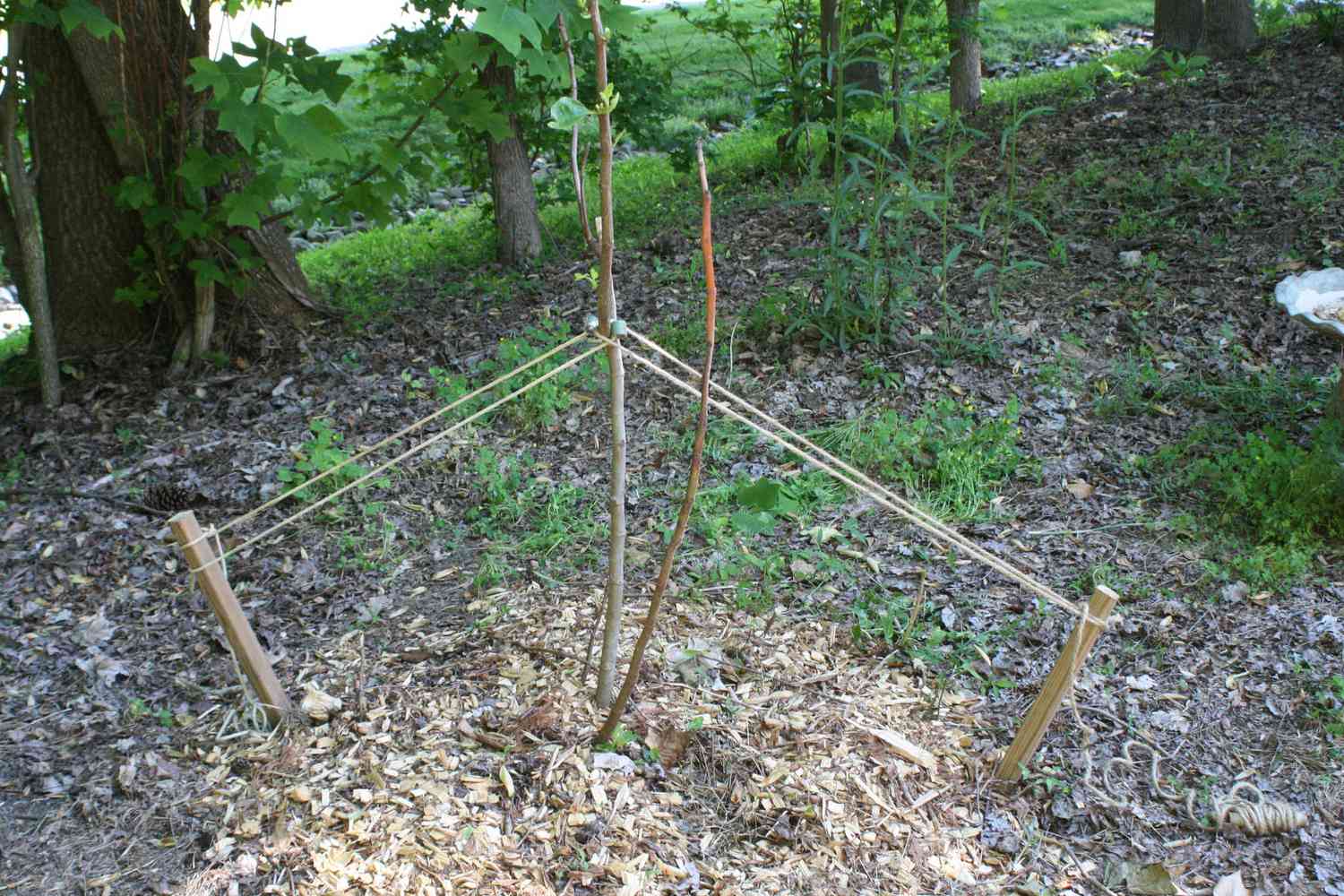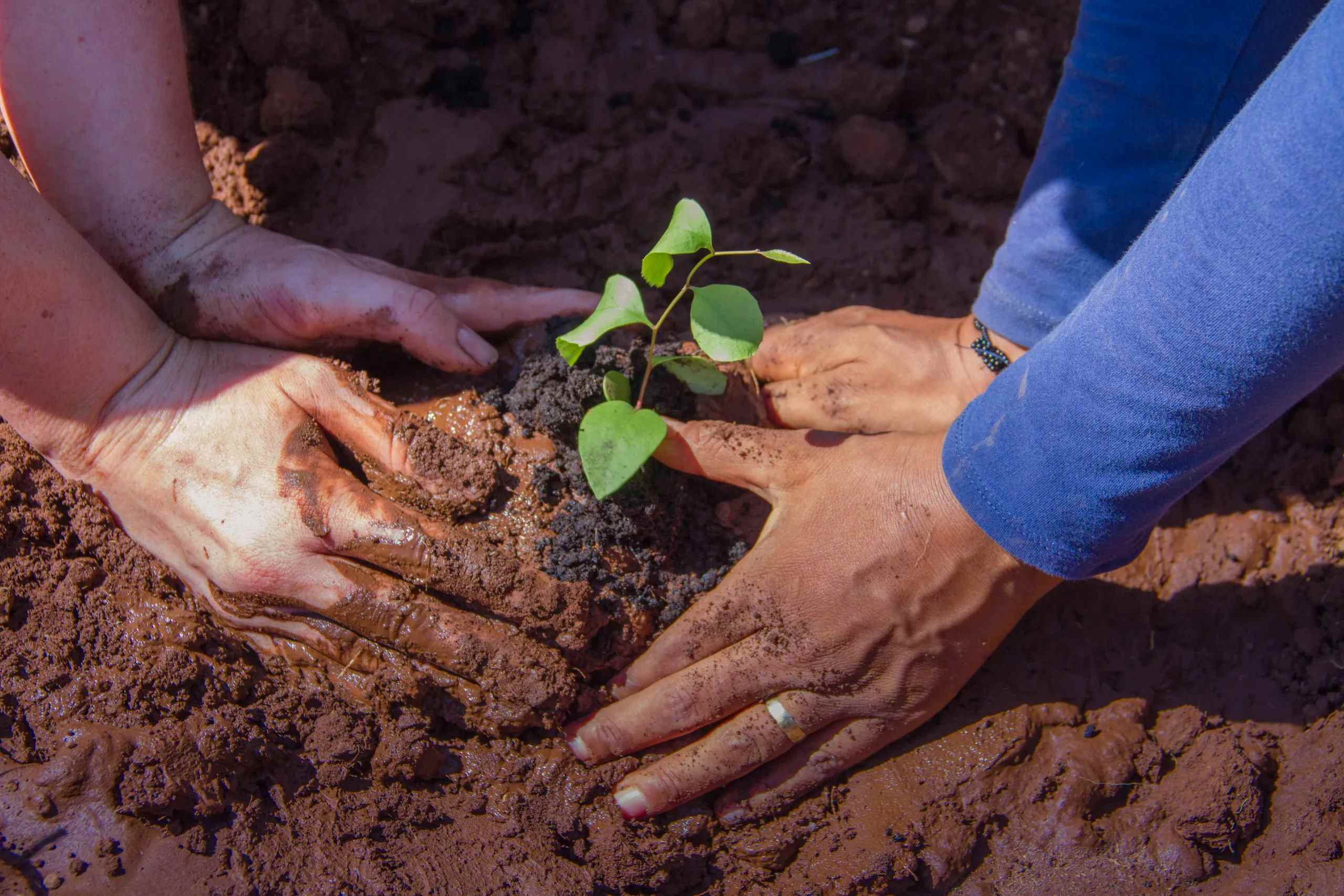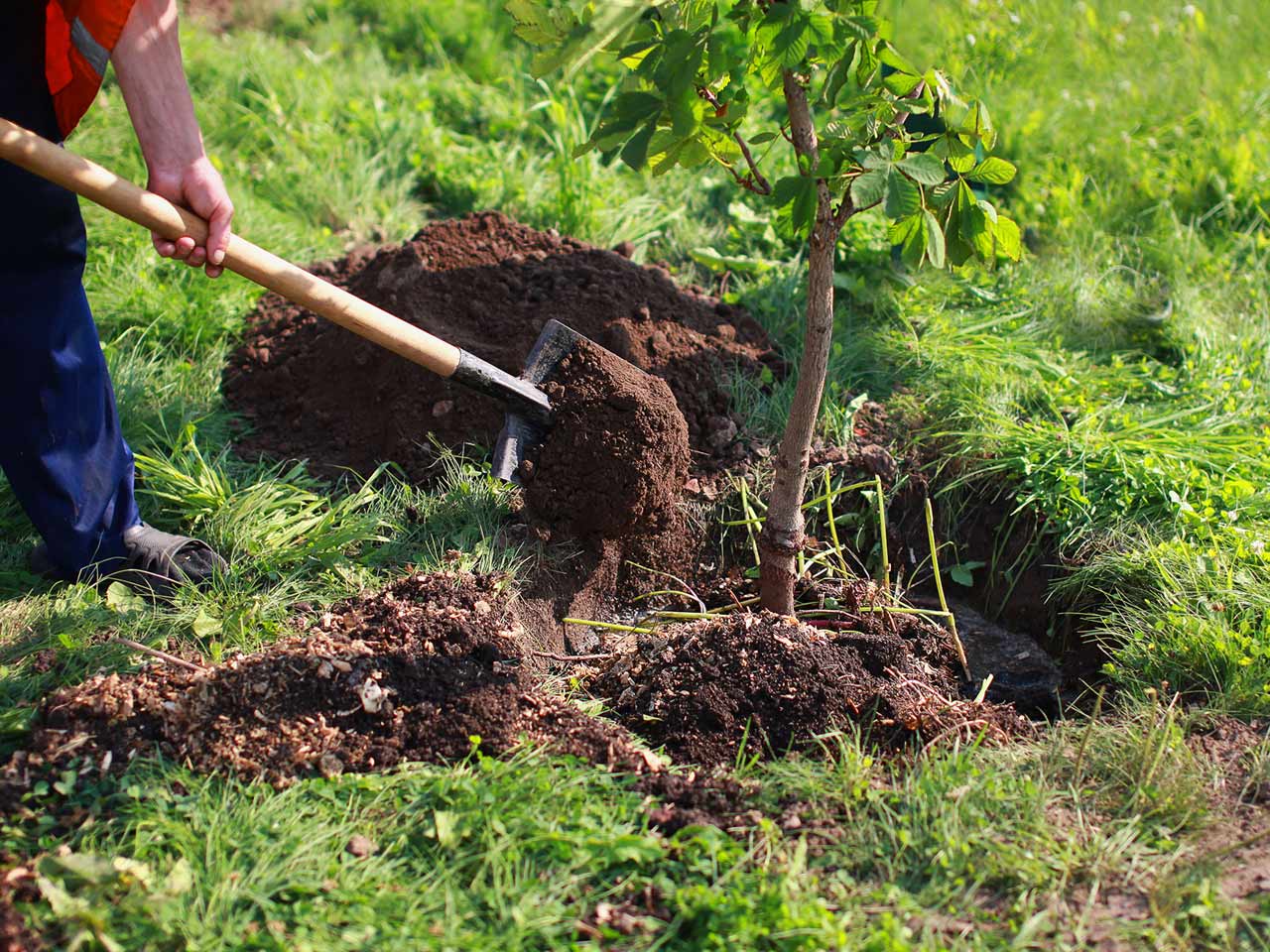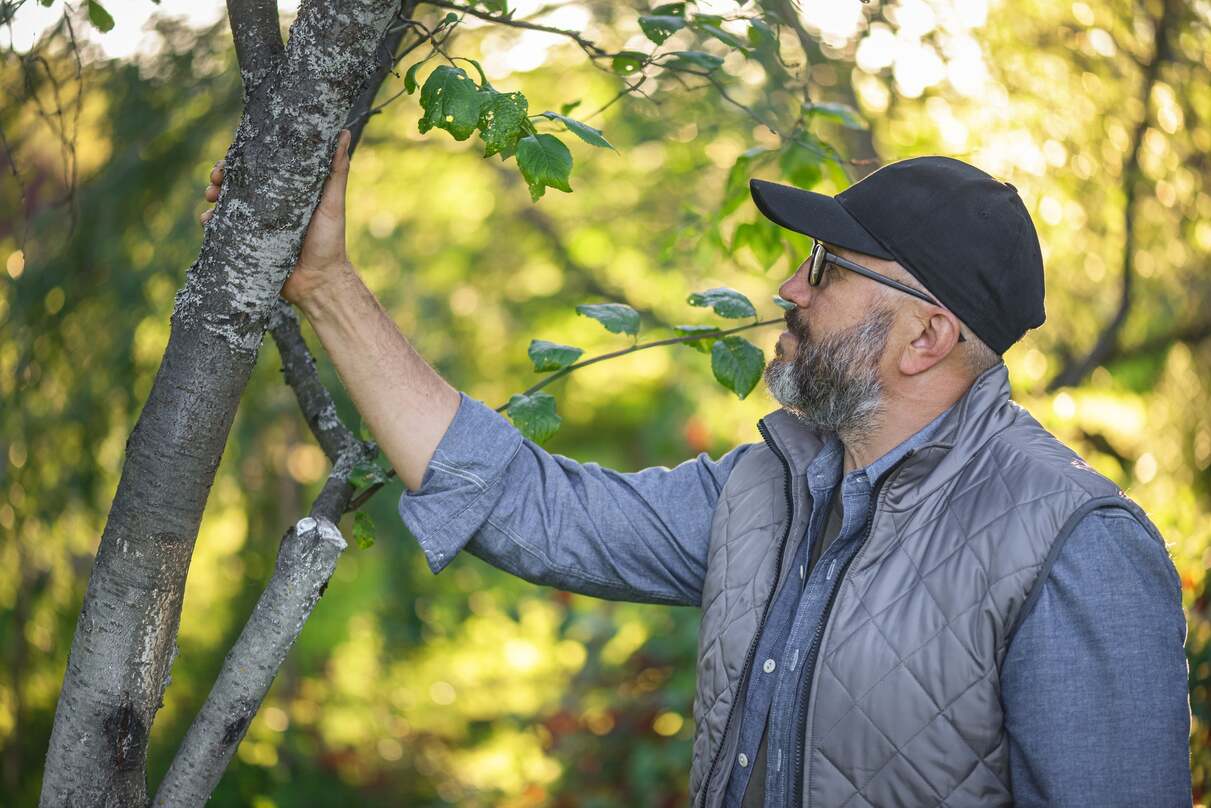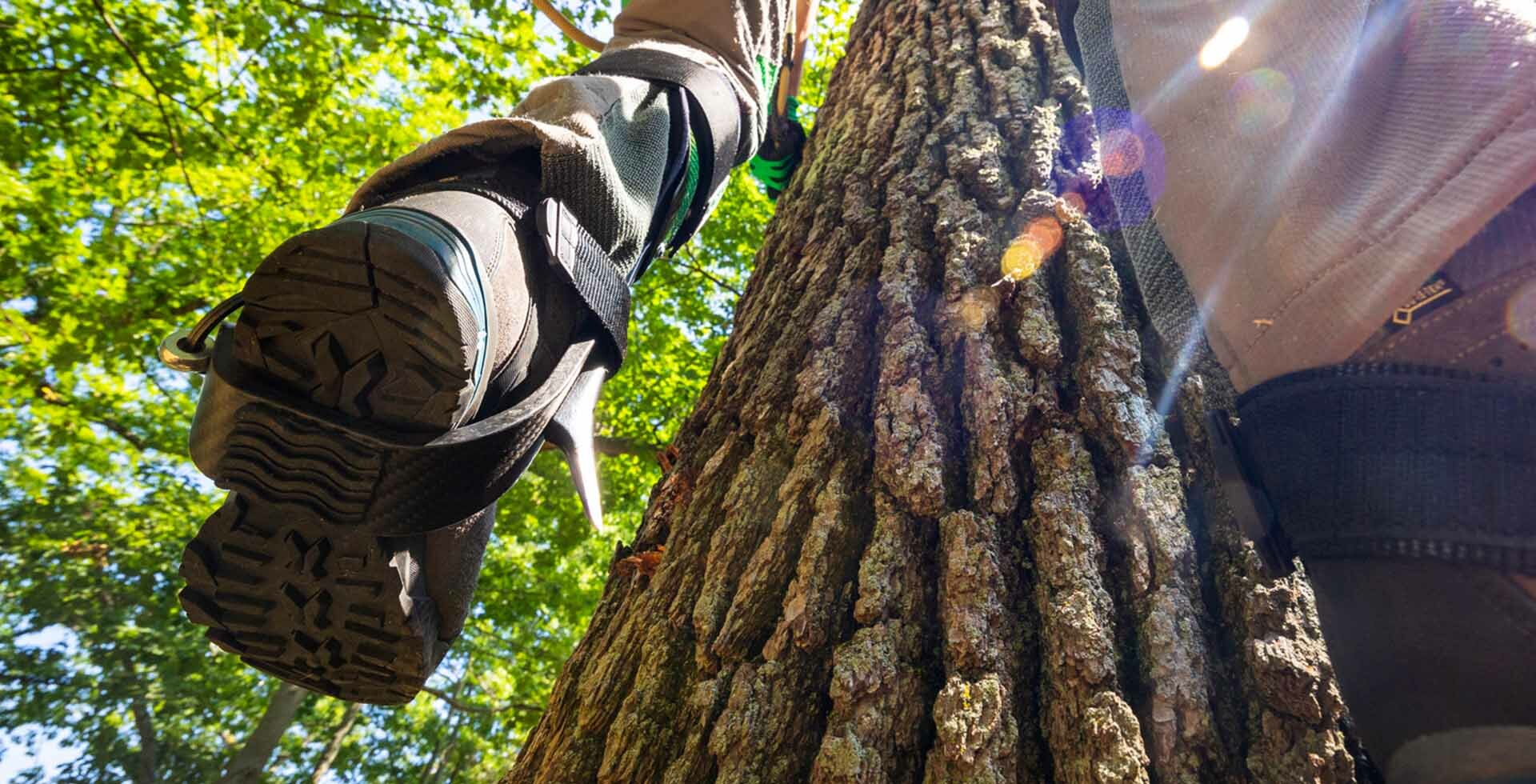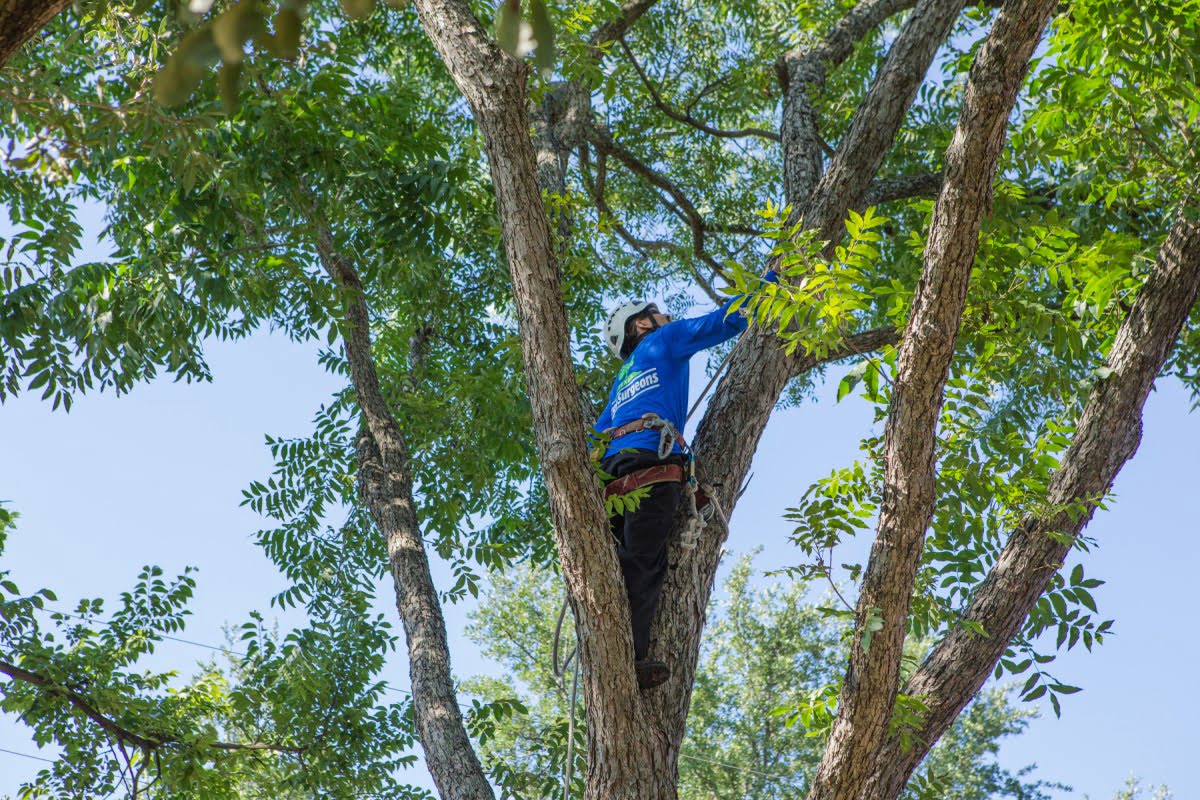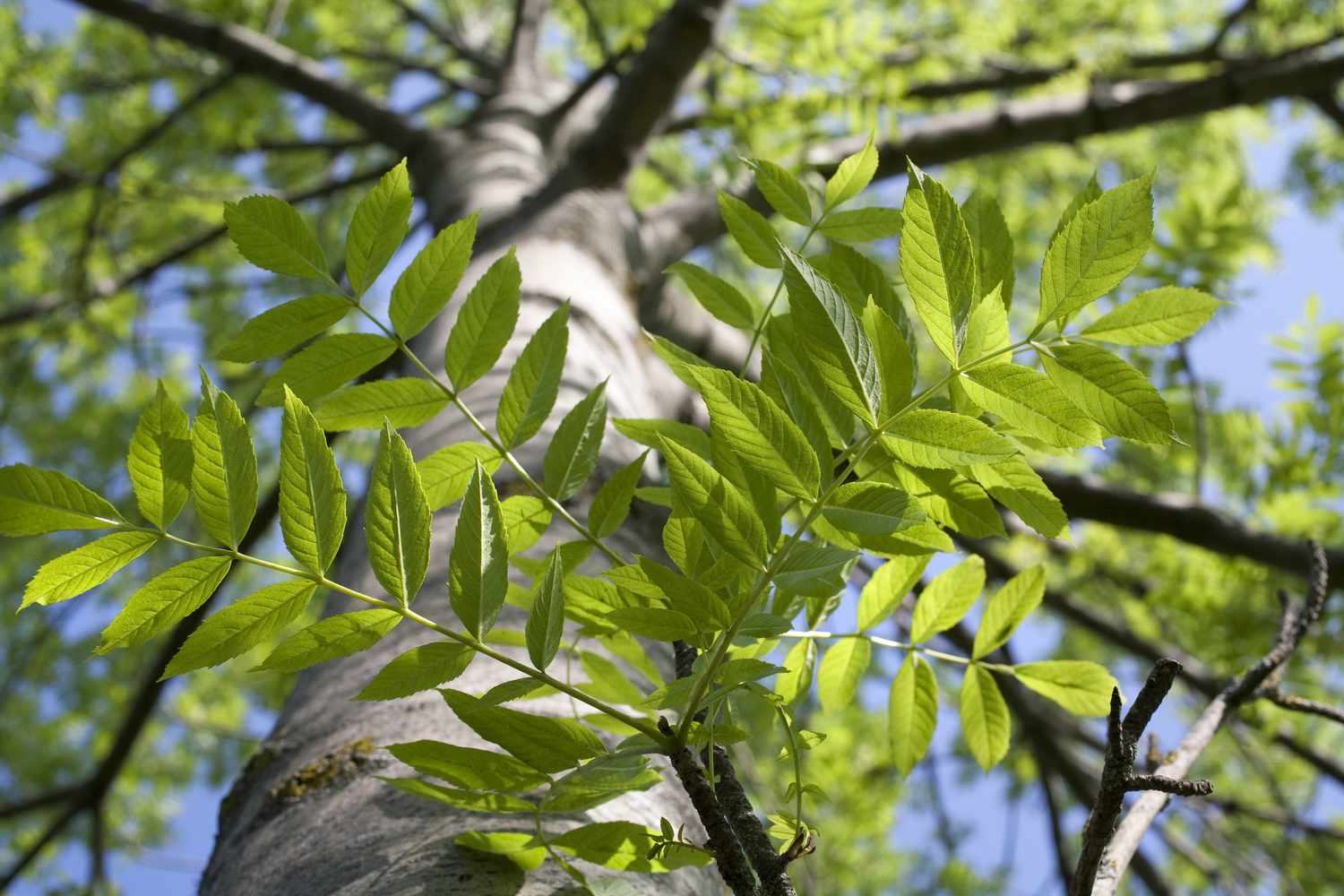Home>Types of Gardening>Ornamental Gardening>How Old Are Ginkgo Trees


Ornamental Gardening
How Old Are Ginkgo Trees
Published: November 9, 2023
Discover the age of ginkgo trees and learn about their fascinating journey through time in the world of ornamental gardening.
(Many of the links in this article redirect to a specific reviewed product. Your purchase of these products through affiliate links helps to generate commission for Chicagolandgardening.com, at no extra cost. Learn more)
Table of Contents
Introduction
Ornamental gardening is a delightful and rewarding hobby that allows individuals to transform their outdoor spaces into beautiful works of art. One popular element of ornamental gardening is the incorporation of ginkgo trees, known for their unique fan-shaped leaves and stunning golden fall foliage. But have you ever wondered just how old these magnificent trees can be?
Ginkgo trees, scientifically known as Ginkgo biloba, have a rich and ancient history that spans millions of years. Despite their longevity, these trees are not only aesthetically pleasing but also fascinating from a botanical perspective. Understanding the lifespan and age of ginkgo trees can provide insights into their resilience and cultural significance.
In this article, we will delve into the mysterious world of ginkgo trees and explore the factors that influence their age. We will also uncover techniques used by experts to determine the age of these trees, and we will highlight some famous ancient ginkgo trees that have captivated the world with their grandeur.
Whether you’re a seasoned gardener or simply intrigued by the wonders of nature, join us on this exploration of the age of ginkgo trees and discover the secrets hidden within their branches.
The Ancient History of Ginkgo Trees
Ginkgo trees have a history that dates back millions of years, making them one of the oldest tree species on Earth. Their existence can be traced back to the Permian period, over 270 million years ago, when they flourished across many parts of the planet. It is believed that they were once widespread, but today, they can only be found in small regions of China.
During the Jurassic and Cretaceous periods, ginkgo trees were commonly found in forests and played a vital role in shaping the landscape of the time. However, with the passage of millennia, ginkgo trees experienced a decline in population due to various factors, including climate change, natural disasters, and competition with other plant species.
Despite their declining numbers, ginkgo trees managed to survive through their remarkable adaptability. One of the key reasons for their preservation is their unique reproductive system. Ginkgo trees are dioecious, meaning they have separate male and female trees. The female trees bear fruit-like structures called “ovules,” which are commonly known as ginkgo nuts. These nuts are highly sought after for their culinary and medicinal uses.
The ancient history of ginkgo trees also involved their interaction with human civilization. For thousands of years, ginkgo trees have been revered in Chinese culture for their numerous benefits. They were planted in temple grounds and palace gardens, symbolizing longevity and resilience. Ginkgo leaves were also used in traditional medicine for their potential health benefits.
It was during the 17th century that ginkgo trees were introduced to Europe and subsequently to other parts of the world. Today, they are treasured not only for their historical significance but also for their ornamental value. Ginkgo trees can be seen adorning public parks, private gardens, and urban landscapes, adding a touch of elegance and antiquity wherever they are planted.
Lifespan of Ginkgo Trees
Ginkgo trees are renowned for their exceptional longevity, often living for several centuries. On average, ginkgo trees have a life span of around 1,000 years, but some have been known to survive for over 3,000 years. These ancient trees have witnessed the rise and fall of civilizations, making them living witnesses to history.
One of the factors that contribute to the remarkable lifespan of ginkgo trees is their ability to withstand harsh environmental conditions. They have a high tolerance for pollution, pests, and diseases, making them resilient in urban settings. Their unique fan-shaped leaves allow them to capture sunlight efficiently, and their deep root systems help them access water and nutrients, further enhancing their survival capabilities.
Another factor that plays a role in the longevity of ginkgo trees is their slow growth rate. Ginkgos grow at a relatively slow pace, with an average annual growth of less than a foot per year. This slow growth allows the tree to allocate resources efficiently and build strong, durable structures that can withstand the test of time.
Interestingly, ginkgo trees exhibit an interesting phenomenon known as “reticulated venation,” where veins in the leaves repeatedly branch and join together. This intricate network of veins not only enhances the tree’s ability to transport nutrients and water but also contributes to the overall strength and longevity of the leaves.
However, it is important to note that the lifespan of ginkgo trees can be influenced by various factors. Environmental conditions, such as temperature, rainfall, and soil quality, can impact the health and longevity of these trees. Additionally, human activities, such as deforestation and urban development, can also pose a threat to their survival.
Despite these challenges, ginkgo trees continue to thrive and captivate the hearts of people around the world. Their longevity serves as a reminder of the resilience and adaptability of nature, and their presence in landscapes adds a touch of ancient elegance and beauty.
Factors Affecting the Age of Ginkgo Trees
While ginkgo trees are known for their exceptional longevity, several factors can influence the age at which they reach their full potential. Understanding these factors can help gardeners and arborists create optimal conditions for the growth and longevity of ginkgo trees.
1. Environmental Conditions: Ginkgo trees thrive in a wide range of environmental conditions, but certain factors can impact their growth and lifespan. Temperature, rainfall, and sunlight availability play crucial roles in determining how well a ginkgo tree will fare. These trees prefer moderate climates with well-drained soil and ample sunlight.
2. Soil Quality: Ginkgo trees are relatively adaptable when it comes to soil conditions, but they prefer soils that are slightly acidic to neutral. Soil that is too compacted or lacks proper drainage can hinder the tree’s root development, leading to poor growth and reduced lifespan.
3. Disease and Pests: Ginkgo trees are generally resistant to many diseases and pests, but they are not immune to all threats. Fungal infections, such as anthracnose and leaf spot, can cause damage to the foliage. Additionally, pests like aphids and scale insects can infest the tree, affecting its overall health. Regular monitoring and appropriate treatment can help mitigate these risks.
4. Maintenance and Care: Proper maintenance and care are essential for the health and longevity of ginkgo trees. Pruning should be done selectively to remove dead or damaged branches and promote proper air circulation. Regular watering, especially during dry spells, can help ensure that the tree has adequate moisture. Adding a layer of organic mulch around the base of the tree can also help retain moisture and suppress weed growth.
5. Human Interference: Human activities, such as urban development and construction, can pose significant challenges to the lifespan of ginkgo trees. These activities can disrupt the root system, compact the soil, and limit access to sunlight. It is crucial to consider the impact of such interference and take measures to protect and preserve existing ginkgo trees whenever possible.
By understanding and addressing these factors, gardeners and enthusiasts can create an environment that promotes the longevity of ginkgo trees. With proper care and attention, these ancient beauties can continue to grace our landscapes for generations to come.
Techniques for Determining the Age of Ginkgo Trees
Estimating the age of ginkgo trees can be a challenging task, considering their long lifespan and lack of clear growth rings. However, experts have developed various techniques to determine the approximate age of these magnificent trees. Here are some commonly used methods:
1. Tree Core Sampling: Tree core sampling involves extracting a small, cylindrical core from the trunk of the tree. This core provides valuable information about the tree’s growth patterns and can be used to estimate its age. Tree rings, although not distinct in ginkgo trees, can be identified by variations in wood density, color, or cell size. By analyzing these characteristics, scientists can estimate the age of the tree.
2. Radiocarbon Dating: Radiocarbon dating is a technique that measures the amount of carbon-14 present in a sample. This method is often used for dating ancient objects, including tree samples. By extracting a small piece of wood or bark from a ginkgo tree and analyzing its carbon-14 content, researchers can estimate its age. This method is particularly useful for dating old, fossilized ginkgo samples.
3. Growth Rate Analysis: Ginkgo trees have a relatively slow growth rate, which can be utilized to estimate their age. By measuring the circumference of the trunk at a specific height and comparing it to historical growth rates, experts can make an educated guess about the tree’s age. However, this method is less accurate than core sampling or radiocarbon dating.
4. Historical Records and Documentation: In some cases, the age of a ginkgo tree can be determined based on historical records or documentation. If a tree is mentioned in old documents, photographs, or historical accounts, its approximate age can be inferred. However, this method is limited to specific trees with known histories and is not applicable to all ginkgo trees.
It is important to note that these techniques provide estimates rather than precise values for the age of ginkgo trees. Factors such as environmental conditions and individual tree characteristics can introduce uncertainties in age determination. Therefore, it is recommended to use a combination of methods and consult with experts to obtain the most accurate age estimate.
Regardless of the exact age, ginkgo trees continue to inspire awe and admiration with their ancient beauty and resilience. They stand as living testaments to the passage of time and the wonders of the natural world.
Famous Old Ginkgo Trees around the World
Ginkgo trees have captured the imagination of people for centuries, and some of these ancient individuals have become revered and famous in their own right. Let’s explore some of the most notable old ginkgo trees around the world:
1. Baobab Ginkgo, China: Located in the Gu Guanyin Buddhist Temple in the Zhongnan Mountains, this ancient ginkgo tree is estimated to be over 1,400 years old. With a massive trunk and graceful branches, this tree is considered a symbol of longevity and spiritual significance.
2. Gingko Avenue, Japan: Ginkgo Avenue in Tokyo is a breathtaking sight during autumn when the golden leaves of the ginkgo trees create a stunning canopy of color. The avenue is home to over 150 ginkgo trees, some of which are over 100 years old, adding a touch of grandeur to the bustling city streets.
3. Maidenhair Tree, United States: In Washington, D.C., stands a ginkgo tree that is believed to have been planted around the time of George Washington’s presidency in the late 18th century. This majestic tree, known as the “Maidenhair Tree,” has withstood the test of time and witnessed significant historical events.
4. Ginkgo Tree of the Kannon Temple, Japan: In the Motoise Kono Shrine, a magnificent ginkgo tree reigns supreme. Believed to be over 1,000 years old, this ancient tree provides a serene and enchanting backdrop to the temple’s tranquil setting.
5. Ginkgo Tree of the Royal Botanic Gardens, Australia: Adelaide Botanic Gardens is home to an ancient ginkgo tree that is estimated to be over 200 years old. This sprawling tree with its iconic fan-shaped leaves is a beloved attraction for visitors and a testament to the enduring beauty of ginkgo trees.
These famous old ginkgo trees serve as reminders of the deep history and cultural significance surrounding these majestic specimens. They have witnessed generations come and go, standing as living connections to the past and sources of inspiration for the future.
Conclusion
The age of ginkgo trees is a testament to their remarkable resilience and enduring beauty. With a rich and ancient history that spans millions of years, these majestic trees continue to captivate us with their unique fan-shaped leaves and golden fall foliage. Despite their longevity, determining the age of ginkgo trees can be a challenging task due to the absence of clear growth rings.
Through techniques such as tree core sampling, radiocarbon dating, and growth rate analysis, experts have been able to estimate the age of these magnificent trees. However, it is important to remember that these methods provide approximations rather than precise values. Environmental conditions, soil quality, and human interference can all influence the growth and longevity of ginkgo trees.
Throughout the world, there are famous old ginkgo trees that have become symbols of longevity, spirituality, and historical significance. These ancient individuals, such as the Baobab Ginkgo in China and the Maidenhair Tree in the United States, stand as living witnesses to the passage of time and the wonders of nature.
As gardeners and nature enthusiasts, it is our responsibility to create optimal conditions for the growth and longevity of ginkgo trees. By providing proper care, addressing environmental factors, and preserving existing trees, we can ensure the continuation of these ancient beauties for future generations to admire.
The age of ginkgo trees reminds us of the importance of cherishing and protecting our natural heritage. These remarkable trees not only contribute to the aesthetic beauty of our landscapes but also hold cultural and historical significance. Let us continue to appreciate and marvel at the timeless elegance of ginkgo trees and strive to create a world in which they can thrive for many more centuries to come.
